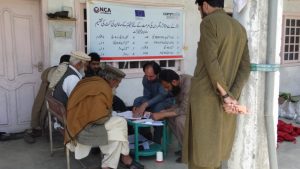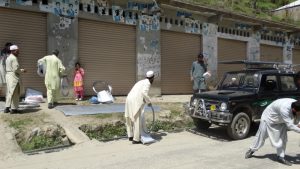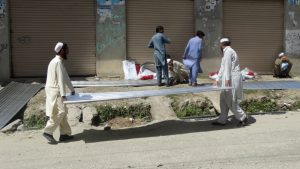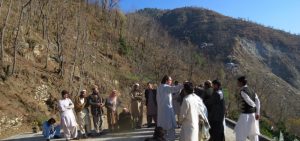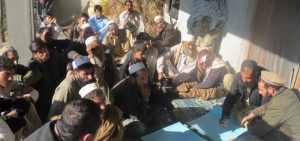Shelter and Safety: Distributing shelter kits to earthquake-hit families in Shangla
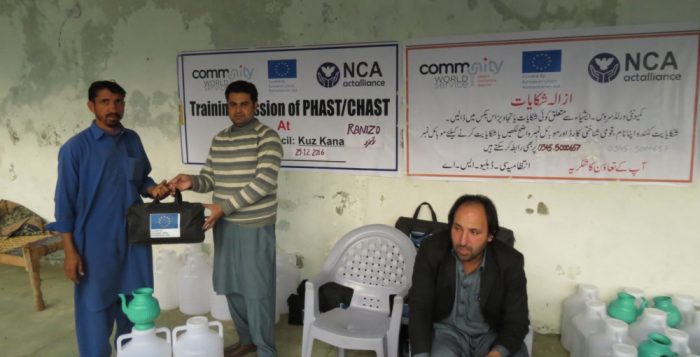
Community World Service Asia is implementing an integrated emergency WASH and Shelter project for families affected by the 2015 earthquake in District Shangla, Pakistan. The target Union Councils of the intervention included Shah Pur, Damorhi, Kuz Kana, Bar Puran and Banglai.
The key components of this short-term disaster response project include Rehabilitation of Water Supply Schemes, Repair and reconstruction of Latrines and Distribution of Self help repair Shelter kits. The project also provides trainings on Participatory Hygiene and Sanitation Transformation (PHAST) and Children Hygiene and Sanitation Training (CHAST) techniques of health and hygiene along with provision of hygiene kits and waste bins to the communities.
The distribution of self-help repair shelter kits to the affected families has been completed. A total of 1400 shelter repair kits have been distributed among the targeted earthquake affected households. The shelter kits distribution was done in three of the selected union councils including Damori, Kuzkana and Shahpur.
A standard process for the distribution based on the selection criteria of participants was followed under the project. Tokens were distributed amongst the concerned communities and information regarding the distribution ceremony was shared with all participants. It was mandatory for the community member to bring their original identity card along with the token to receive the assigned kit.
On the day of distribution, an orientation sessions on safer construction techniques was conducted to enable the communities to utilize the shelter repair kit as per the guidelines. Follow-up visits are scheduled to be conducted in the coming months to guide the communities on how and where to construct their shelter and how to utilize the kit to avail its maximum benefits. Along with follow-up visits, follow-up sessions on safer construction techniques are also planned in the year ahead.





